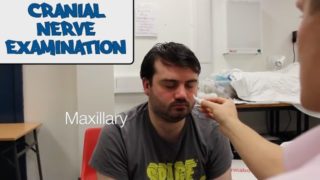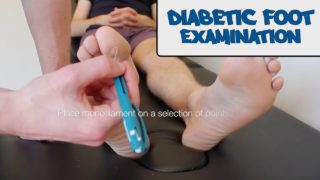Lachman Test (Knee) – Physical Exam
The Lachman Test is a commonly used in orthopedic examinations to test for anterior cruciate ligament (ACL) integrity. This is one of the most well known and most used special. Another test that is commonly used to test for anterior cruciate ligament integrity is the Anterior Drawer Test. Involved Structures Anterior Cruciate Ligament (ACL) Starting […]
Lachman Test (Knee) – Physical Exam
Other Videos You Might Like:
Subscribe
Login
0 Comments
Newest




